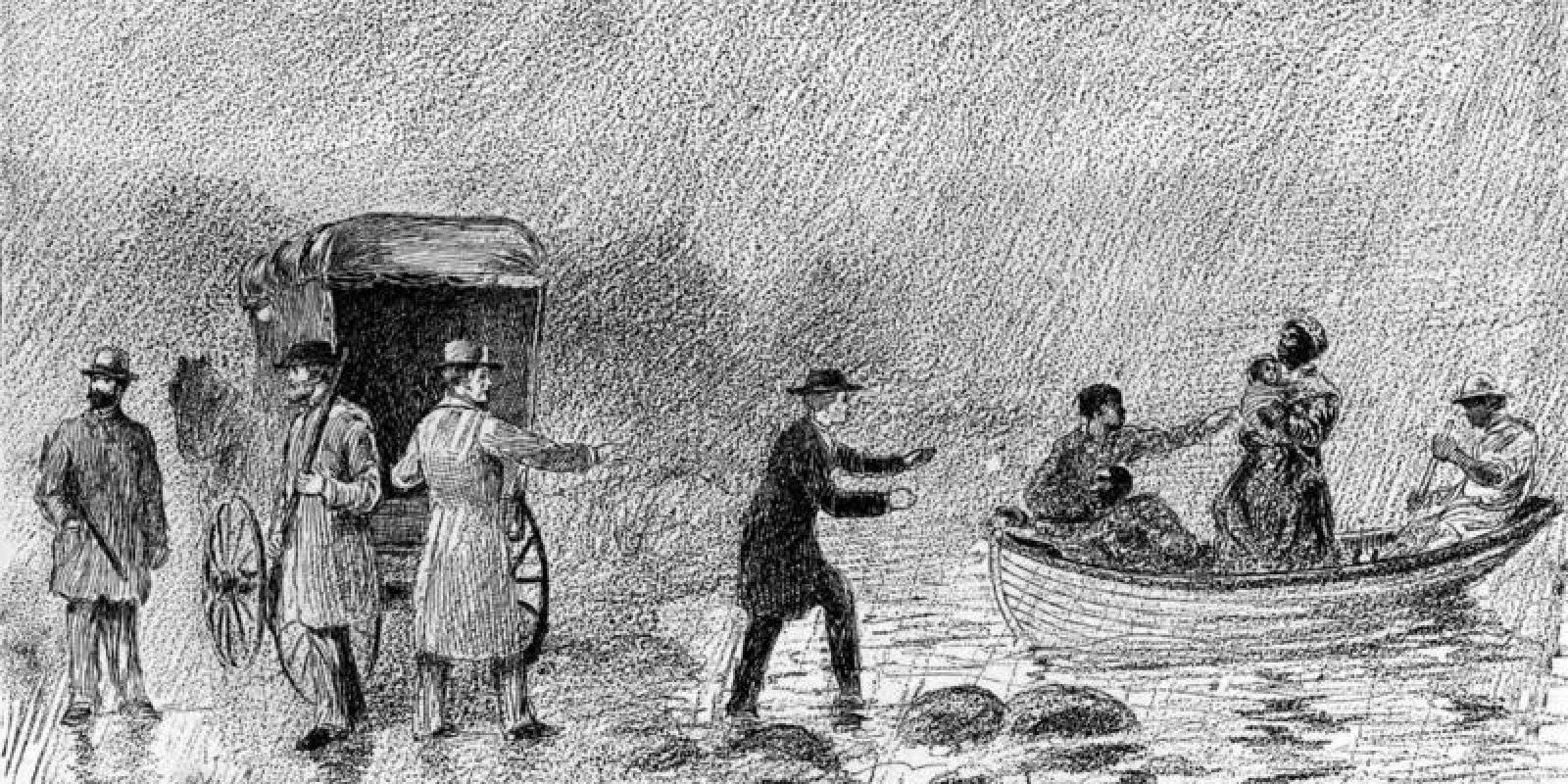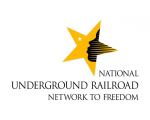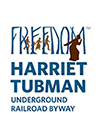The Corbit-Sharp House of Odessa, Delaware is part of the Harriet Tubman Underground Railroad Byway and designated as a part of the National Underground Railroad Network to Freedom. The National Underground Railroad Network to Freedom is a National Park Service program.
The Harriet Tubman Underground Railroad Byway recounts what was perhaps the most dramatic protest action against slavery in United States history. A clandestine operation that began during the colonial period became part of organized abolitionist activity in the 19th century and reached its peak between 1830-1865 - with eastern passage going straight through Delaware, on the road toward freedom in Pennsylvania.
The town of Odessa stood at a crossroads both culturally and geographically between the north and the south. Odessa’s Quaker, abolitionist, and free black communities offered secret help on a heavily traveled Underground Railroad route.
A Place of Refuge
A true story, a first-hand account of an encounter with an escaping slave named Sam occurred right at the doorstep and in the Corbit-Sharp House. Slavery, specifically in Delaware, was truly a “peculiar institution.” The population struggled between powerful slave interests and defiant anti-slavery groups. Despite lobbying attempts by religious leaders, abolitionists, and ordinary citizens to end slavery in the state, Delaware remained firmly proslavery.
The Historic Odessa Foundation’s exhibit, “Freedom Seekers: The Odessa Story” highlights the role these groups played in helping slaves escape, including Sam, a fugitive slave who approached the Corbit-Sharp House for help in the 1840s. The Corbit-Sharp House, c. 1772, was the home of Quaker abolitionists, Daniel and Mary Corbit. Sam was hidden cleverly by Mary Corbit, and a sheriff’s posse failed to discover him. At dusk, Daniel Corbit provided food and money and sent him north.
Read more about how Daniel and Mary Corbit provided a safe passage for Sam »
National Underground Railroad Network to Freedom
The Underground Railroad – the resistance to enslavement through escape and flight through the end of the civil war – refers to the efforts of enslaved African Americans to gain their freedom by escaping bondage. Wherever slavery existed, there were efforts to escape at first communities in rugged terrain away from settled areas, and later across state and international borders. While most began and completed their journeys unassisted, each subsequent decade in which slavery was legal in the US saw an increase in active efforts to assist escape. The decision to assist a freedom seeker may have been spontaneous. However, in some places, particularly after the Fugitive Slave Act of 1850, the Underground Railroad was deliberate and organized.
Harriet Tubman Underground Railroad Byway
The Harriet Tubman Underground Railroad Byway recounts what was perhaps the most dramatic protest action against slavery in United States history. A clandestine operation that began during the colonial period became part of organized abolitionist activity in the 19th century, reaching its peak between 1830-1865 - with eastern passage going through Delaware, on the road to freedom in Pennsylvania.
Read more about the Harriet Tubman Underground Railroad Byway »





